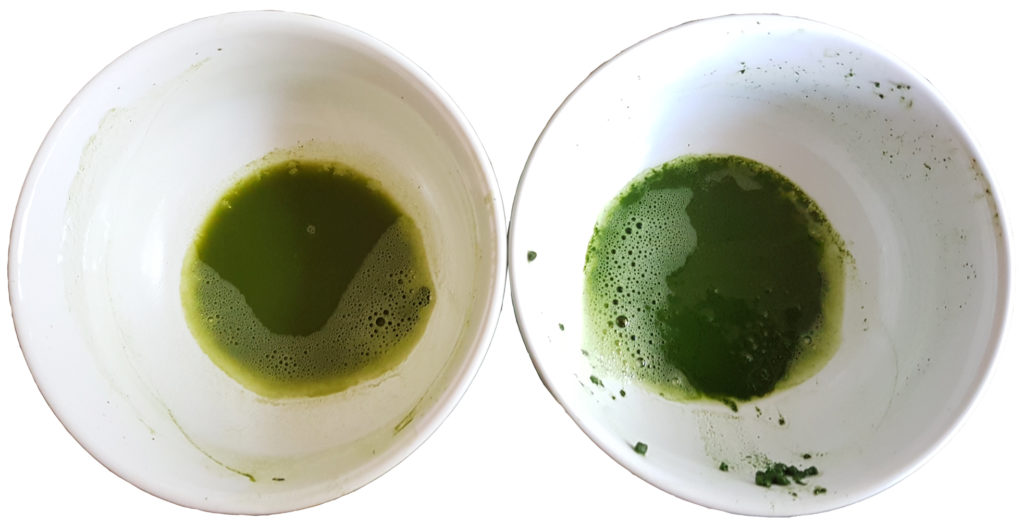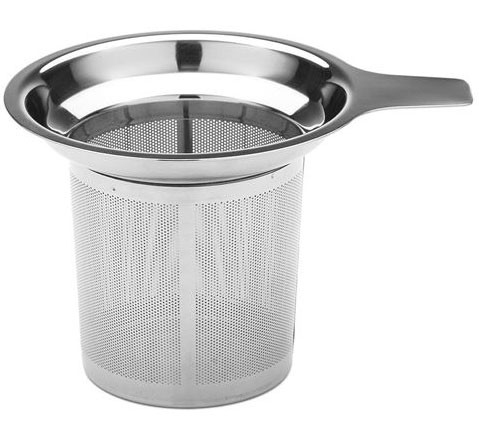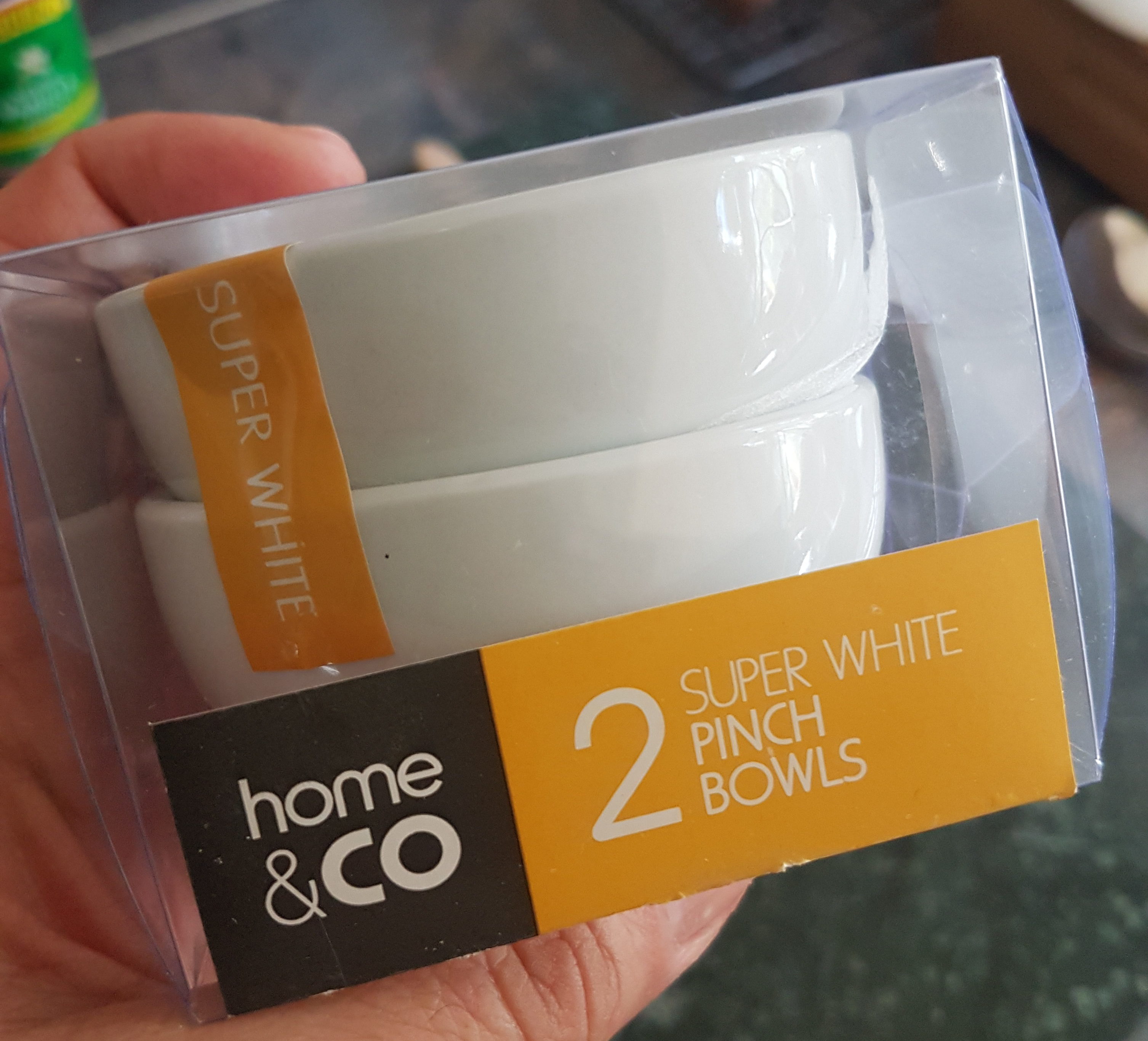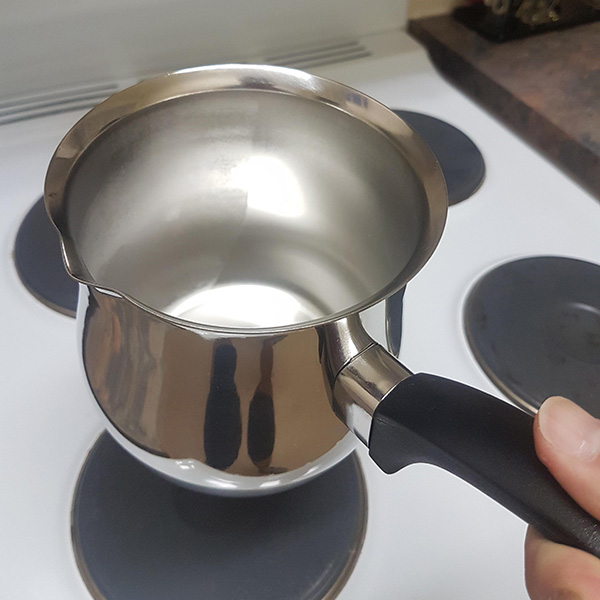Teaware can get really expensive. Like mind-blowingly exorbitant, fee-for-a-lead-actor-in-a-Hollywood-movie kind of numbers. Exhibit A: the chicken cup.
And when you’re just starting out, and you’re not sure what your style is or what’s actually worth buying, it’s a lot to spring a bunch of money on things that may not ‘spark joy’ into the future. So here are a few tips to help you buy better.
Getting loose
If you’re moving from teabag to loose leaf but aren’t sure about what size teapot to get, what material it should be, whether it should be a standard handle, side handle, top handle, internal or external strainer… start with a basket infuser.
You can get them in a variety of materials from synthetic (e.g. nylon and silicone) to glass and ceramic, though stainless steel is probably the most popular. I recommend a fine mesh so you can brew small leaf teas, plus the rigid ones with the fine mesh are the easiest to clean.
If you’re tempted by a novelty infuser that acts like a reusable teabag, be aware that this style doesn’t allow tea leaves to expand. It is fine if you’re only brewing small leaf tea, but for maximum value, get the basket infuser.
- Pros: Use in any cup; allows tea leaves to expand; simple to use
- Cons: Not for volume brewing
COST: $4 to $20-ish depending on material; a decent one is usually around $10.
Gongfu cha cha cha-ing
So you want to step it up and try gongfu cha? Characterised by a high tea-to-water ratio, and small serving sizes, this style of brewing can also hit you in the wallet with its many, many accessories. But if you want to start cheap before you build up to a proper set, it’s reasonably easy.
Start with a gaiwan. Cheap ones are about $5, though they usually start at around $10. You can get them at Asian pottery places and sometimes grocery stores. Otherwise you can buy them online fairly readily.
If you’re not practising the wet style of pouring where you pour the tea out of the gaiwan around and around the little cups, spilling everywhere, you’ll need a gong dao bei or ‘fairness pitcher’, which is where you pour the infused tea before then giving everyone a balanced brew. Luckily for you, the gong dao bei was ‘invented’ when eastern ceramicists copied western tea sets and didn’t know what the hell to do with the milk jug, as gongfu cha style tea didn’t require milk.
So a western milk jug, sometimes called a creamer, will do as a gong dao bei. I find a lot (a lot, a LOT) of spare ones at op shops because it’s the item the fewest people think to keep from a tea set.
- Pros: Variety of sizes
- Cons: May not match your gaiwan
COST: $2 to $15-ish depending on brand; a decent one is usually around $5.
As for those little cups, the kind you get at Asian grocery stores are too large for gongfu cha (they are usually the size you get at Chinese restaurants) but I find that egg cups and some of the small, slightly deep dipping bowls or pinch bowls work well, especially if they are ceramic. You may have to hunt around for ones that are a decent size and depth but I promise you there are plenty of options in places like Target and Kmart and some supermarkets. That being said, gongfu cha teacups can be pretty cheap, though they may be hard to find if you don’t have a decent teaware store near you.
- Pros: Just as good as cups
- Cons: Not really designed for sipping (no ‘lip’)
COST: $3 for two at Kmart.
Matcha making
Some people like to shake their matcha, others use a mini-whisk or even a milk frother. If you’re intent on using a proper bamboo whisk, however, the second most important piece of kit you’ll need is a good-sized matcha bowl that gives you enough room to create the perfect micro-foam.
Now, many matcha tea bowls are pieces of art in their own right and have the price tag to match. But if you’re just starting out and need to practice in something, ahem, less precious, then look no further than a rice bowl, which you can get from most Asian grocery stores and sometimes even regular supermarkets. A standard rice bowl is about 12cm across and usually made of ceramic, though plastic and lacquer ones are also quite common.
- Pros: Enough room to whisk, also doubles as a rice bowl
- Cons: Not for ceremony
COST: 50c to $5-ish depending on material; a decent one is usually around $3.

I use white rice bowls to compare matcha because all my tea bowls are unique, though this is a terrible example of matcha micro-foam.
An alternative is a large soup mug, which also gives you room to whisk. Try to get one that’s wide rather than tall.
- Pros: Enough room to whisk, also doubles as a soup mug; can hold handle if you’re less confident
- Cons: Not for ceremony
COST: $4 to $15-ish depending on design; a decent one is usually around $10.
Chai buys
A chai pot is basically a stovetop vessel with a lip and you can spend a pretty penny on getting one that’s ‘authentic’ (unless you’re buying it directly from India, that is) especially if it’s fancy. Instead, try a briki or ‘coffee’ pot. I bought mine from an IGA supermarket.
- Pros: Different sizes available for different volumes of chai
- Cons: Basic design
COST: $7-ish for 1L; price may depend on volume.
Teaware needn’t be complicated, nor expensive, for tea newbies. It’s best to start cheap and simple to figure out if you really want to pursue a style of tea brewing and then work out what you actually need once you’re a little more practiced. I can’t tell you how many large teapots I now own but never use because I’ve moved into gongfu cha.
Good luck, and I hope I’ve saved you some money.
*All prices in Australian dollars based on what I’ve seen available for purchase in Australia.



This is so useful. I have been think on investing on chai pot. Will check out briki instead. Thank u!